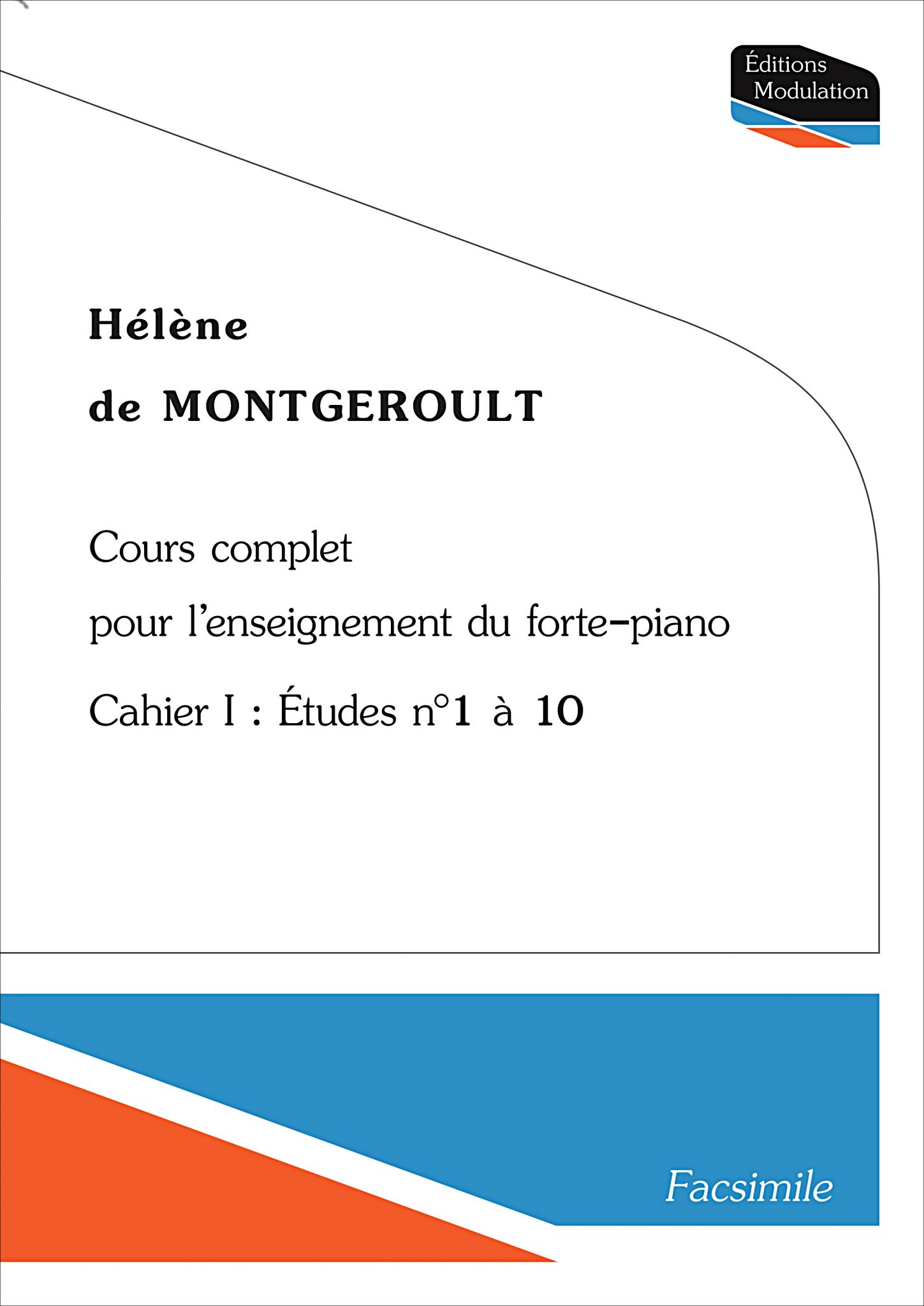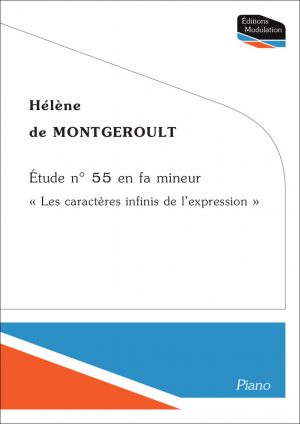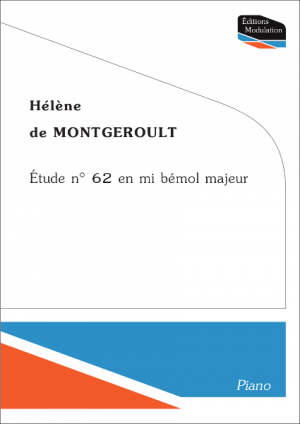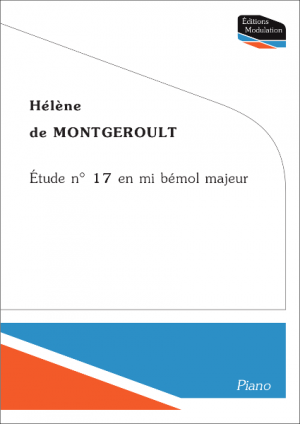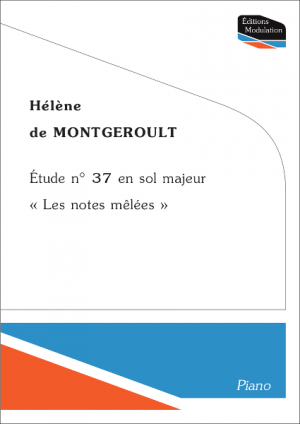Description
(…)
For Hélène de Montgeroult, playing the piano is not about trying to have an effect, it’s about going down deep into what music makes you feel, it’s about exploring new perceptions and sensations, both in terms of touch and musical ideas, and she manages to reconcile things that are usually considered contradictory: leading the pianist’s progression with rigour and
logical while really making him approach beautiful pieces of music. In 1816 (probable date of publication, by Pellecier in Paris, of her Cours complet pour l’enseignement du fortepioano (complete course for the teaching of fortepiano), this bet was audacious and rarely reached before, the majority of the methods being satisfied, in the best cases, with few pieces or, on the contrary – one thinks of the Well-Tempered Clavier – being without comments.
Many idioms that are usually associated with the romantic piano find their source here. For example the idea of placing the drums on the right hand (Étude No. 2), and not on the left, like a classic Alberti bass (Étude No. 3). Either shift the quarter note to the third beat of a triplet (Étude No. 5), as Schubert and Schumann will do, or again (Étude No. 7) dare to put forward the “music of the ancient times” – we would say today the Baroque composers – which denotes a fundamentally new attitude, rarely shared by the methods of the same period. The Cours complet demonstrates, through some fifteen pieces, that Hélène de Montgeroult did not wait for Mendelssohn to put Bach back at the forefront of keyboard pedagogy and that she is also one of the first to see in him a model for composition. Address the rhythmic subtleties of 3 for 2 or 4 for 3 (Étude No. 8) from the very first steps – because the ten or the first twenty studies of a progressive method are obviously the easiest – it is to offer a very fruitful mental opening to the student. Étude No. 9, which should be compared to Beethoven’s Bagatelle opus 33 No. 3 (which is from the same period), testifies to a relationship with this musician that we will find in other studies (No. 29 or 110).
Whatever influences the composer receives or transmits, it is first and foremost a matter of making music and, to do so, the ear must be in tune with intelligence. It is as much the one as the other which must follow “the voice-leading”, because only a good perception will make clear the pianist’s play. The composer therefore proposes both training in understanding music and implementing the means to achieve it. That is why we have translated these bright observations.
Jérôme Dorival, Éditions Modulation director.

